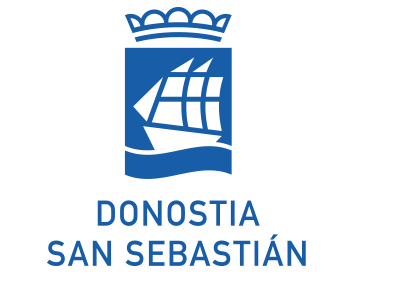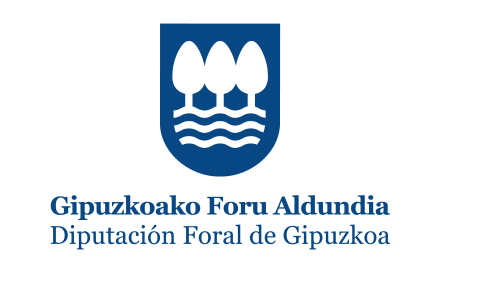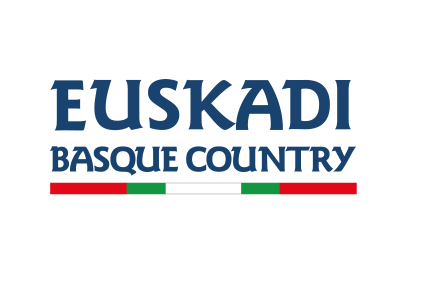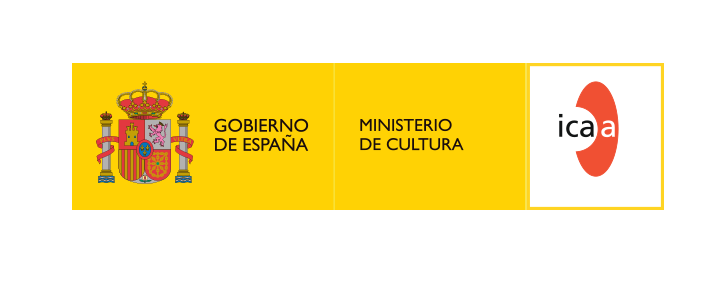Films
Films
ROBERT WIENE
58 min.
For years this film was known only in black and white. There has long been a quest to restore it to its original tinting. The first big colour restoration was unveiled by the Koblenz Bundesarchiv in 1984, working from two tinted nitrate prints, one from the National Film Archive in London, in very good condition; and one from SODRE in Montevideo, which was in bad condition, but its beautiful colours provided valuable information on the different colour effects. (...) The primary material for the new reconstruction has been three tinted nitrate copies that were not consulted for previous restorations: a different print from Montevideo, in better condition than the one previously used by the Bundesarchiv; a complete tinted and toned nitrate print, with French and German titles, from the Cinémathèque Royale in Brussels; and a fragment from a tinted print from the Cineteca Italiana in Milan. (The Lumière Project. The European Film Archives at the Crossroads)
JOE MAY
118 min.
For years the Joe May version of Das Indische Grabmal (The Indian Tomb) seemed to have survived only in a black and white print of the (shortened) Czech version, preserved in the Prague film archive. The tinted nitrate print of the (almost complete) French version was found at the Bois d'Arcy archive. The Budesarchiv Koblenz/Berlin and the Munich Filmmuseum have now collaborated to restore the original German version. The Filmmuseum compared both prints, and added some pieces from the Czech print which had been missing in the French print. The original German intertitles were then remade from the text of the newly-found German censorship cards. The Bundesarchiv produced a new tinted print, which brings the magic of Joe May's film to life once more, for a whole new generation to discover and enjoy. (The Lumière Project. The European Film Archives at the Crossroads)
PAUL WEGENER , CARL BOESE
The Munich archive has hoped for years to reconstruct the original version of this famous film. The recent discovery of the only tinted nitrate print of this classic of European cinema known to exist, in Milan by the Search for Lost Films team, has led to its submission for LUMIERE funding, which will provide a unique chance to recapture the original colours of this silent classic. The Milan print, with Italian flash titles, displays the film's rich original tinting scheme, using, green, blue, rose, orange, and yellow. (The Lumière Project. The European Film Archives at the Crossroads)
WILLIAM KARFIOL
102 min.
This curious film first surfaced in the mid-1980s, discovered by Jacques Ledoux of the Cinémathèque Royale in Belgium, in a Belgian release print with French and Dutch titles, entitled Bolchevism. It was shown at the Avignon festival in July 1987, and provoked much speculation and various theories as to its provenance. (...) It was finally identified as the German film Der Todesreigen by Viennese film historian Herbert Holba, who pieced together the intriguing story of its production and release. It seems to have been released in Belgium, France, and Holland in 1923. (...) Owing to its inflammatory reputation and the still-profound post-war anti-German sentiment, all signs of its origin were obliterated; it was presented without cast and technical credits, and with all its titles completely changed. (The Lumière Project. The European Film Archives at the Crossroads)
BENITO PEROJO
110 min.
The restoration of these three films, (La Malchanceuse, The negro who had a white soul, The Winery) representing the French phase of Perojo's career, was finished in time for the Filmoteca Española's major Perojo retrospective in Madrid in 1994, which celebrated his centenary in style, with a handsome, authoritative book by Román Gubern. All three films were preserved by the Archives du Film of the CNC at Bois d'Arcy, in collaboration with the Madrid Filmoteca. (...) The negro who had a white soul was preserved in its French version.
F. W. MURNAU
Murnau's Faust has, of course, been preserved in several film archives, but all of the copies are different. In 1992, the Filmoteca Española in Madrid undertook the definitive reconstruction and restoration of Faust in its original German version, with a musical accompaniment based on the original music scores. This massive research and reconstruction project was directed by Murnau expert Luciano Berriatúa (author of the superb 2-volume work Los proverbios chinos de F.W. Murnau, published by the Filmoteca Española) from the best-quality original nitrate materials preserved in the FIAF archives. (The Lumière Project. The European Film Archives at the Crossroads)
JACQUES FEYDER
167 min.
For years L'Atlantide was only available in black and white prints, which did not do justice to the film's dazzling pictorialism. Feder used colour in a very concious way. In 1993 this adventure classic was finally restored by the Nederlands Filmmuseum in colour in its original French version, working from a splendid tinted nitrate distribution print from the Nederlands Filmmuseum, and a complete working print with French titles, but without the final colouring, which was recently discovered at the Bois d'Arcy archive. (The Lumière Project. The European Film Archives at the Crossroads)
GEORGES MÉLIES
During the summer of 1993 Patrice Delavie was sent by the CNC in Bois d'Arcy to research early French holdings in Spanish archives in Barcelona and Valencia. (...) The most important find was one hitherto-lost Méliès trick film, L'oeuf du sorcier. This precious discovery was among a batch of 31 nitrate rolls deposited with the Valencia archive in 1989 by Sergio Cañete, a private collector. (...) This LUMIERE project involved the collaboration of two public archives (Valencia and Bois d'Arcy), as well as the expertise of the Méliès family. All of the films, some of which are incomplete, have been restored by the Filmoteca de la Generalitat de Valencia. (The Lumière Project. The European Film Archives at the Crossroads)
GUNNAR SOMMERFELDT
95 min.
Markens grøde (Growth of the Soil) was one of the few Norwegien silents to be exported to America, but not until 1929, and then in a truncated version. The film was considered lost until an incomplete 16mm copy was found in New York in 1971. One of the first all-professional features to be made in Norway, and probably the most expensive and ambitious Norwegian film of its time, this rural romance has now been restored with its original tinting and toning, using 35mm tinted nitrate print from the Netherlands Filmmuseum (with the Duch title Hoe het groeide) and a 16mm black and white print from the Norske Filminstituttet. The lab work was done in the Netherlands. (The Lumière Project. The European Film Archives at the Crossroads)
ALFRED MACHIN
43 min.
Over the years Machin's work has been unjustly forgotten. More than half of his films have been lost forever, and even those that have survived are not always complete. (...) Maudite soit la guerre was filmed in 1913, and released in May-June 1914, before the fateful events of Sarajevo. This moving film brings the tragedy of war alive and makes us marvel at Machin's sensitive understanding of the cataclysm to come. (...) It is hoped that the final results of this project (...) will awaken interest and help to introduce both film historians and the general public to the wit and humanity of Alfred Machin - the first truly "European" film director. (The Lumière Project. The European Film Archives at the Crossroads)
MARK-PAUL MEYER
Introduction to an extensive training programme for everyone professionally involved in the process of film conservation and film restoration. The realization of this training programme was initiated and coordinated by ECIPAR (Bologne-Italy) and the Cineteca del Comune di Bologna. It was produced in cooperation with eleven European film archives and film laboratories and co-financed by the FILM project - FORCE programme of the European Community.
JACQUES FEYDER
115 min.
Using two nitrate prints - their own and one from the Cinématèque Française - and three black and white acetate reels from Gosfilmofond in Moscow, the Nederlands Filmmuseum co-ordinated a new restoration in colour in 1993, in collaboration with the Cinématèque Française and the Brussels Cinématèque Royale. Although the new NFM restoration approaches the complete print very closely, - only a few minutes are still missing (at 2,500 metres, it now runs approximately 109 minutes at 20 frames per second) - it was impossible to reconstruct the definitive original version, owing to the fact that the two nitrate prints were discovered to be from different negatives. (The Lumière Project. The European Film Archives at the Crossroads)
MIHALY KERTÉSZ
Restoration of two early features by Michael Curtiz (the other is Der Junge Medardus), made in Austria for Sascha-Film. Few of the Hungarian-born director's Austrian films survive, but the number is growing thanks to the Lumière Project (...). The Way of Terror, a rambling melodrama with some incredible plot twists, details the vicissitudes that befall Lucy, a poor girl (played by the director's then wife, Lucy Doraine, who starred in many of his early silents), who survives being unjustly accused of theft, a spectacular train wreck, and marriage to a dissolute millionaire, to finally find happiness with her true love. (...) Both films were found at the Cinémathèque Française. (The Lumière Project. The European Film Archives at the Crossroads)




